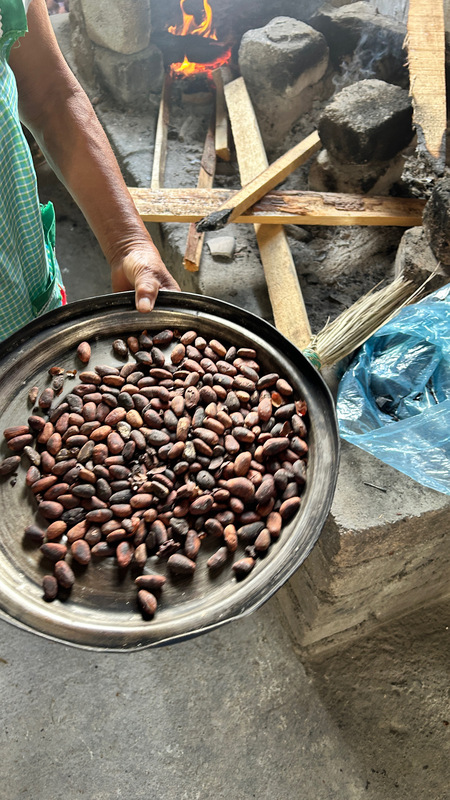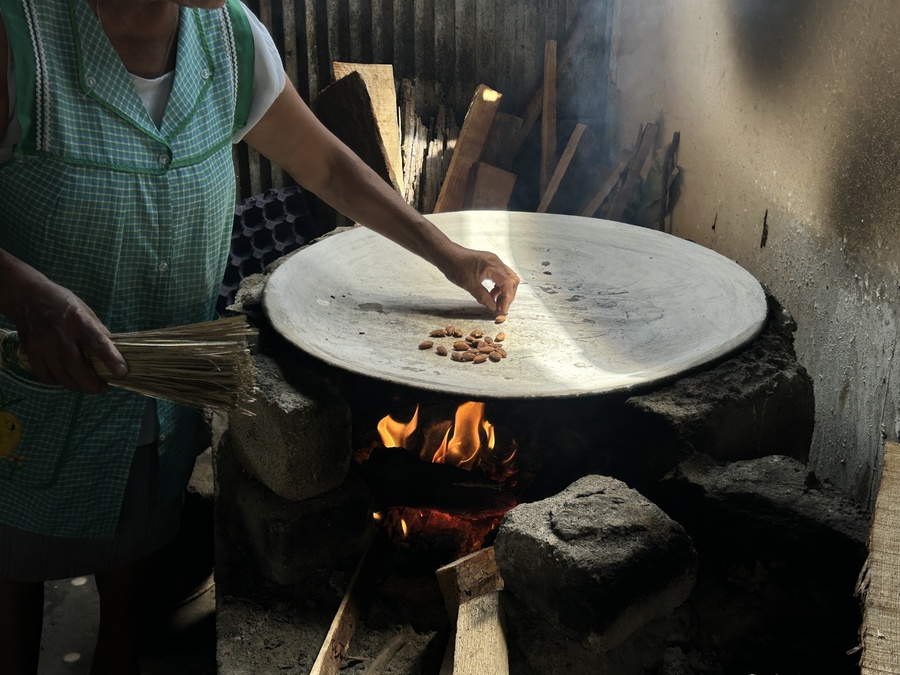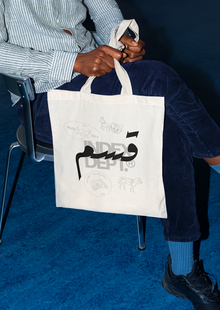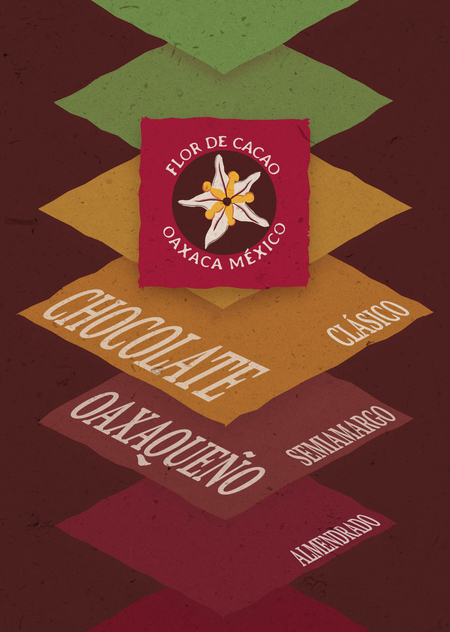
Flor de Cacao, Traditional Chocolate from Oaxaca
Oaxaca is a Mexican state located in the southern part of Mexico. It has a large cultural heritage, known for its ancestral traditions, vibrant crafts, and unique cuisine. The region is also famous for its breathtaking landscapes, where mountains, valleys, and ancient villages coexist in harmony.
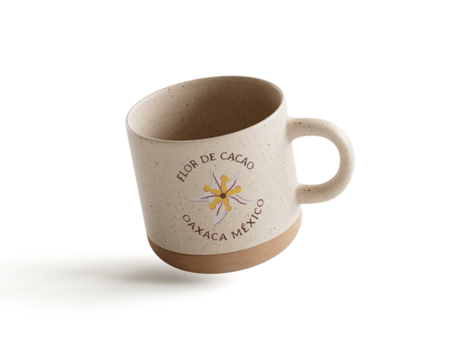
From its mountains emerges an ancestral tradition: the art of making chocolate. For centuries, this chocolate has been prepared with roasted cacao beans, native spices, and techniques passed down through generations. It is a cultural heritage that embodies warmth, community, and celebration. From this tradition arises the need to share it with the world, reaching all the way to Russia.
Flor de Cacao, named after the cacao tree’s delicate blossoms, honors Oaxaca’s cacao cultivation heritage. The brand pays tribute to chocolate’s origin and its cultural significance.

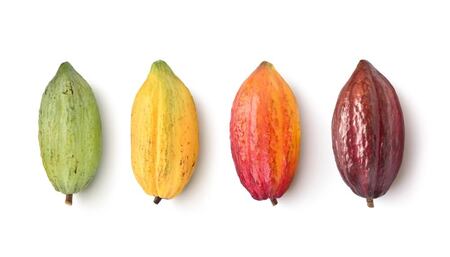
The color palette for this project was inspired by the natural shades of cacao beans as they ripen on the tree. Cacao beans change color depending on their variety, level of maturity, and growing conditions. The colors of the cacao beans represent different stages of ripeness, from young and unripe to fully mature and ready for harvesting.
It comes in three different flavors, the classic one, semi bitter chocolate and chocolate with almond.
«Flor de cacao» means to bring the authentic flavor of Oaxaca’s chocolate to new cultures, creating a sensory, ethical, and cultural experience. The brand aims to elevate Mexican cacao and position it internationally as a symbol of tradition, quality, and creativity.
It also comes in powder form
The brand is meant to be sustainable and ethical that supports small cacao producers in Mexico while offering premium chocolate that inspires cultural connection and conscious consumption across borders.
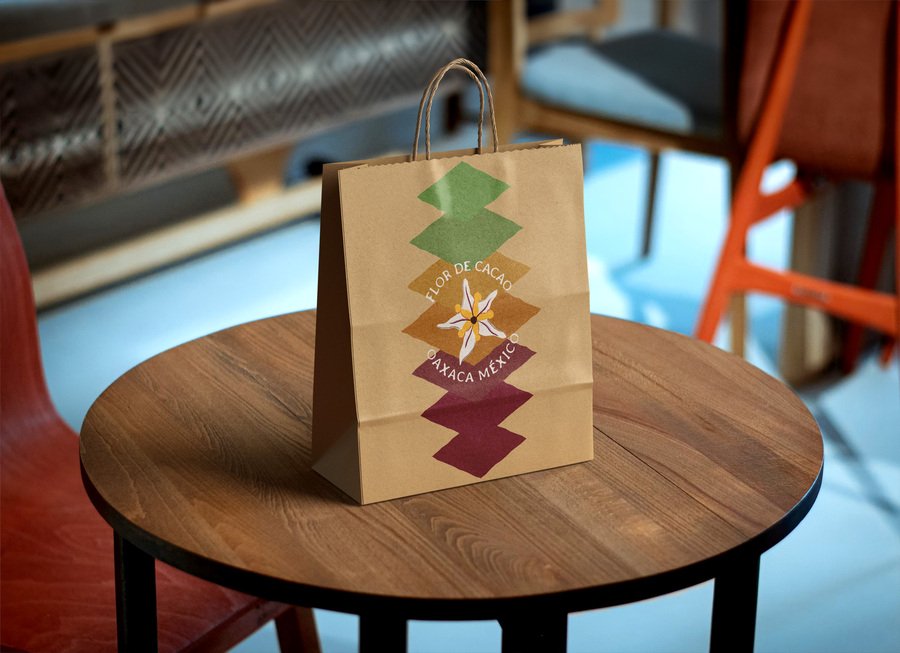

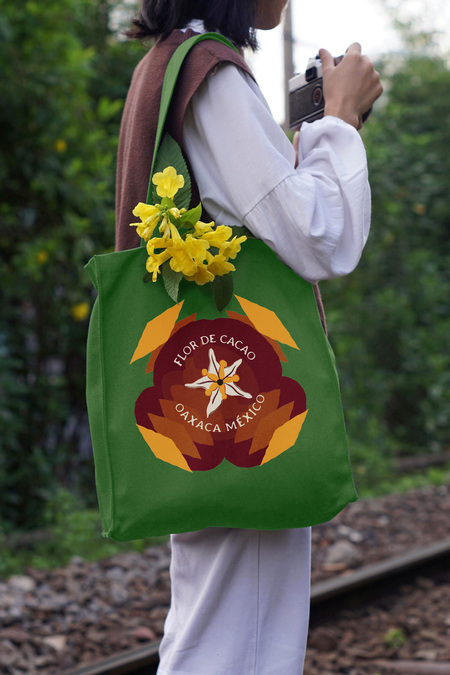

Process of Making the Chocolate
On my last visit to Oaxaca, señora Elena taught me how to prepare traditional Oaxacan chocolate. The process begins by slowly toasting the cacao beans on a comal over low heat, stirring them gently to prevent burning. Once the beans are evenly roasted, pieces of cinnamon are added for extra smell and flavor. After toasting, the cacao seeds are cracked open, and the nibs are carefully ground by hand on a metate, a stone grinding slab used for centuries in Mexican cuisine. As the grinding continues, the cacao releases its natural oils and transforms into a rich, warm chocolate paste. Finally, this paste is shaped by hand into disks or blocks, ready to be used in drinks, cooking, or simply enjoyed as a piece of traditional treat.
